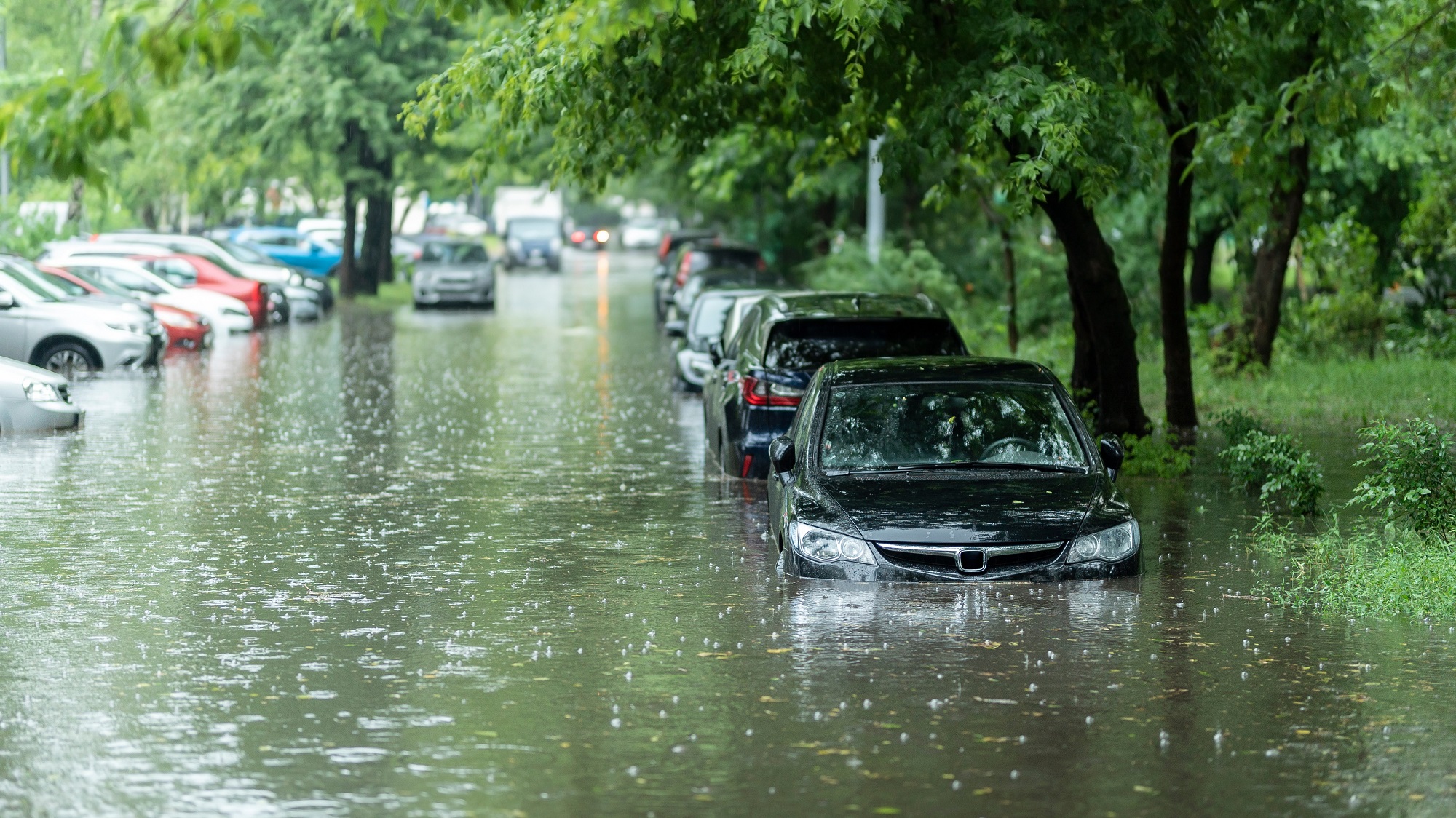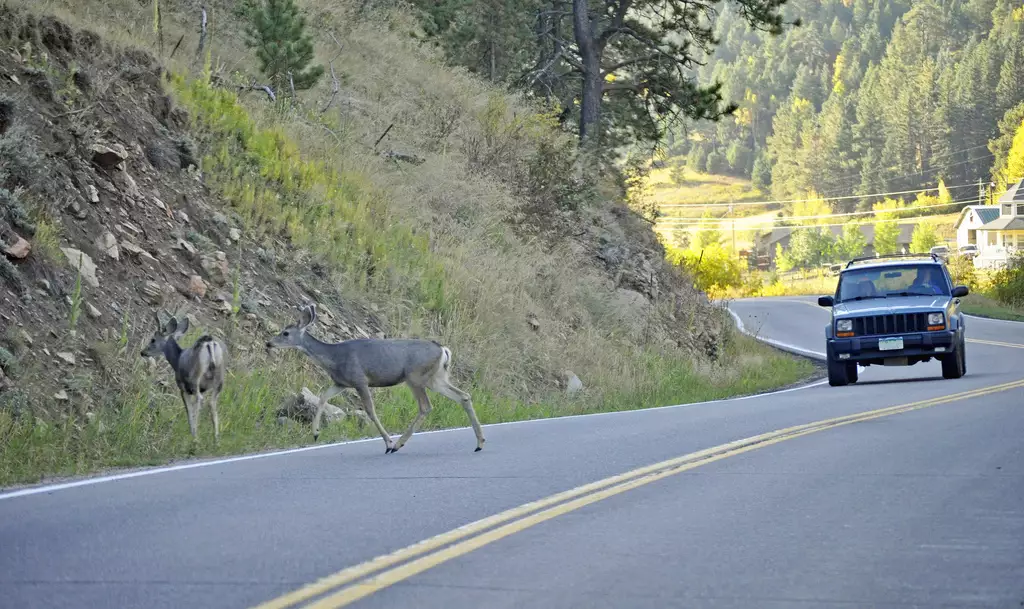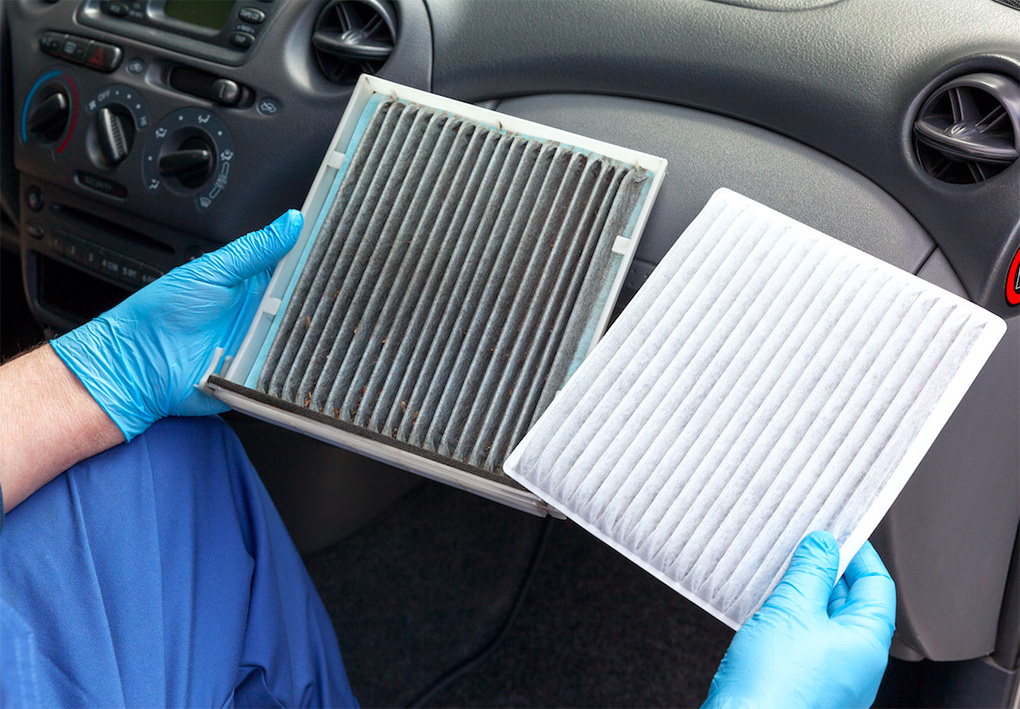The introduction of flood-water into your vehicle is never a good thing, but if your vehicle has been in flood waters, there is a list of things you’ll need to know. The first thing is do not start the car, nor should you power the car on with the key. Get the car out of water as quickly as possible, disconnect the battery, and start the recovery process as soon as you can. The longer your car sits in water, especially muddy water or salt water, the greater potential damage to key systems.
If you’re repairing water damage yourself, try the following steps. We advise contacting your insurance company quickly in any flooding situation.
Repairing a Flooded Car, Once Outside of Water
1. Do Not Start the Car
This is key. High water that is up and over the engine compartment means that water has been introduced into the intake tract, and is likely inside any cylinder that had an open intake or exhaust valve. Attempting to start the vehicle at this point will result in hydro-lock, and a damaged engine which otherwise may be repairable.
2. Disconnect the Battery
Disconnect the battery as quickly as possible. In fact, disconnecting the battery BEFORE a flood in anticipation that flooding could happen (like a hurricane) is a good practice. Many electrical items in your vehicle have “constant power” being run to them. Water mixed with electrical current will cause a failure in these components, where otherwise, simply cleaning and drying them can save them.
3. Roll Down The Windows
If possible, roll the windows down. If the windows are electric, open the doors.
4. Look For a High-Water Mark
This will give you an idea of the level of damage. It will usually be clear, especially on the interior. If the water mark is at a low level, below the dash, and water is just in the floor boards, this is the best-case scenario. If the water is up over the dash, then all the electrical components within the dash, and the engine itself have all been penetrated with water.
5. Get Any Residual Water Out Of The Car
If the water level was low enough to not penetrate the dash area, then the car is probably not a total loss. Start by getting the residual water out of the floorboards with a submersible pump and/or shop vac. You can flush these areas with fresh water and vacuum out. Along the buttom of your doors, some vehicles have plastic plugs that can be removed, and several also have these in the floor boards. Remove these plugs to let water out. If the doors have these, remove the door panels and flush the bottom of the doors out with a hose. Once all the water has been removed, you will need to put fans on the vehicle to dry out the interior quickly, or mold will develop.
6. Drain The Engine / Transmission Oil / Change
Regardless if the water level was lower than the engine, it’s best to completely drain and refill the engine oil, transmission oil, and differential fluid as all of these may have water in them.
7. Remove Spark Plugs On High-Water Vehicle
If the vehicle has been in a high-water situation where it’s suspect that the engine’s intake tract was exposed to water, you’re going to want to remove each spark plug.
The vehicle can then be either hand-spun, or cranked to check if any water is present coming out of the spark plug holes. If none is present, then water probably did not make it into the engine. Remove all the piping from the intake tract, and inspect for any mud or dirt indicating flood-water. Rinse the entire intake tract clean.
8. Check fuel system
Siphon out some gas and look for water. Water weighs more than gas, so make sure your siphon is at the bottom of the fuel tank. If you find water mixed with the gas, your tank will need to be dropped and cleaned.
9. Check Other Fluids
Brake, clutch, power steering, coolant reservoirs are sealed on most newer vehicles, but water can seep in.
10. Check Electrical Systems
If key electrical systems are below the water line, they will likely need to be replaced, although some can be flushed, cleaned and left to dry. Checking and troubleshooting flooded electrical will often be the most labor-intensive of all the checks on the vehicle.










